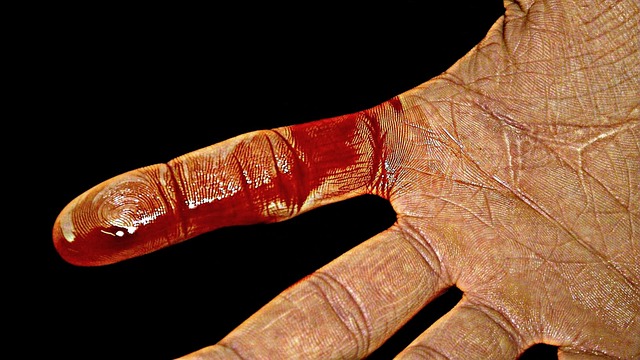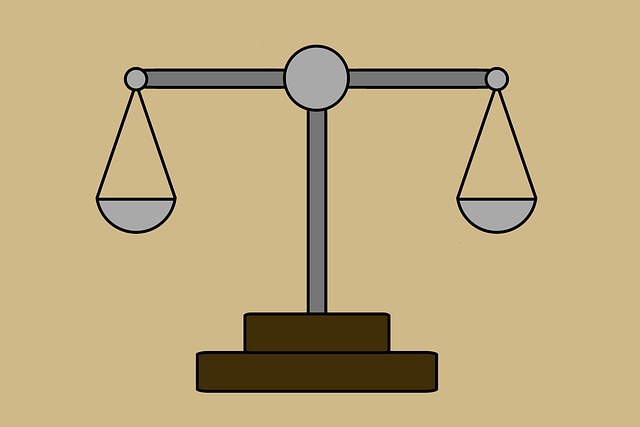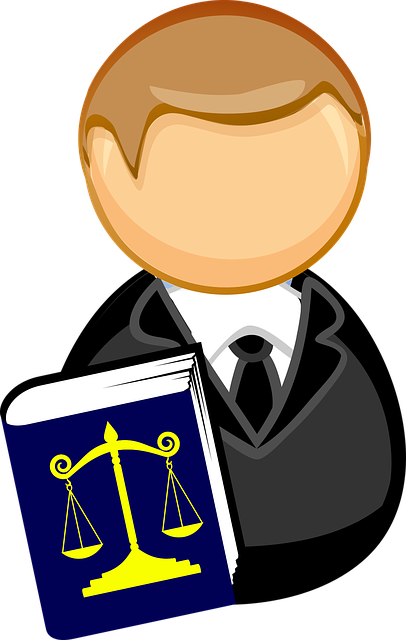Slip and fall accidents, though common, are often overlooked as serious hazards. These incidents can lead to a range of physical injuries from minor to severe, including fractures and disabilities. Recognizing the severity is key; immediate medical attention is crucial for conditions like spinal fractures or traumatic brain injuries. Timely action within 24 hours improves healing and documentation, with legal guidance ensuring fair compensation. Navigating healthcare involves a comprehensive exam, diagnosis, personalized treatment (e.g., therapy, surgery), and proactive recovery through appointments and rehabilitation.
Slip and fall accidents are a common occurrence, but understanding when to seek medical attention is crucial. This guide explores the various types of slip and fall injuries and their potential impact on your health. We delve into recognizing serious symptoms that warrant immediate action, emphasizing the time-sensitive nature of treatment. Additionally, we navigate the medical process, offering insights into what to expect after visiting a doctor for these injuries.
- Understanding Slip and Fall Injuries: Common Types and Their Impact
- When to Take Action: Recognizing Seriousness and Time Sensitivity
- Navigating the Medical Process: What to Expect After Seeking Care
Understanding Slip and Fall Injuries: Common Types and Their Impact

Slip and fall injuries are a common yet often overlooked hazard that can lead to significant physical and financial consequences. These accidents can occur anywhere — from slick floors in a grocery store to uneven sidewalks or steps in your own home. Understanding the types of slip and fall injuries is crucial as it helps individuals recognize when professional medical attention is necessary.
Common types include soft tissue injuries like bruises, sprains, and strains, as well as more severe fractures. The impact can range from minor discomfort to long-term disabilities, especially in cases involving head trauma or spinal cord damage. In some instances, slip and fall accidents may even lead to employment disputes if they occur on the job, necessitating the services of a competent accident attorney, particularly for compensation claims related to truck accident injuries or other significant incidents.
When to Take Action: Recognizing Seriousness and Time Sensitivity

When it comes to slip and fall injuries, recognizing the severity and urgency of your situation is crucial. While some falls may result in minor bumps and bruises, others can lead to more serious conditions that require immediate medical attention. If you experience persistent pain, especially in your neck, back, or head, or if you notice any deformity or limited mobility, it’s time to take action. These symptoms could indicate a more significant injury, such as a spinal fracture or traumatic brain injury, which demand prompt evaluation and treatment.
The timing of seeking medical help is also critical. In many cases, slip and fall injuries should be assessed within 24 hours to ensure optimal healing and to document the extent of your injuries accurately. A personal injury lawyer can advise you on the importance of this time sensitivity in pursuing accident compensation or fair settlement amounts for accident settlements. Acting swiftly allows for better management of pain and discomfort and may enhance your chances of a successful recovery.
Navigating the Medical Process: What to Expect After Seeking Care

After seeking medical care for a slip and fall injury, navigating the healthcare system can be overwhelming. First, expect a thorough examination by your doctor, who will assess your injuries, take relevant medical history, and may order diagnostic tests like X-rays or MRIs to understand the extent of the damage. This process is crucial for accurate diagnosis and effective treatment planning.
Once diagnosed, your doctor will outline a treatment plan tailored to your needs. This might include medications, physical therapy, or in severe cases, surgery. Throughout this journey, it’s essential to maintain open communication with your healthcare provider. Keep track of appointments, follow their advice regarding rest and rehabilitation, and don’t hesitate to reach out if you have any concerns. Remember, a successful client recovery often starts with proactive engagement in the medical process.
Knowing when to see a doctor after a slip and fall accident is crucial for managing potential injuries effectively. By understanding the common types of slip and fall injuries and their impact, recognizing the seriousness of your condition, and navigating the medical process promptly, you can ensure timely and appropriate care. Don’t delay seeking professional help; act swiftly to protect your health and well-being.






